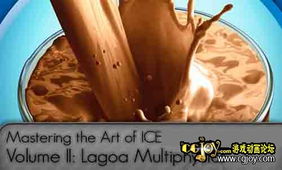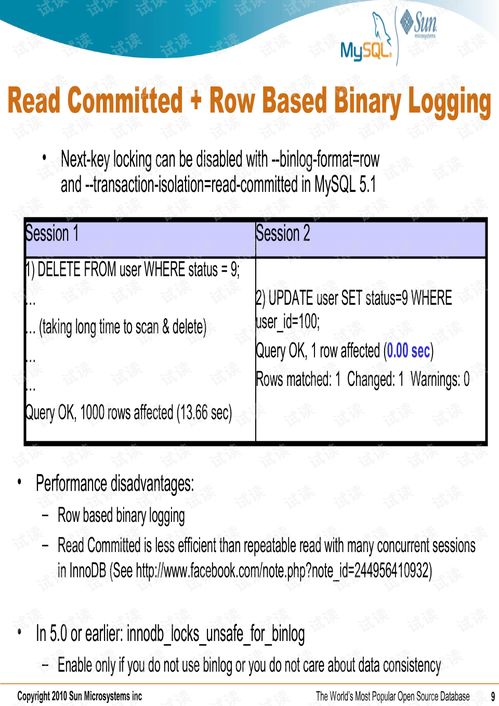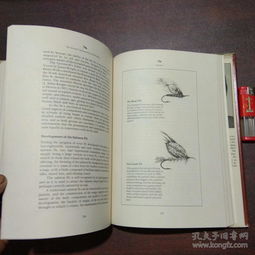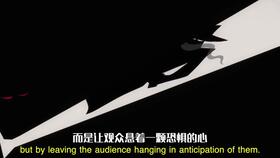Content:
Fishing, an ancient pastime that has been cherished by countless enthusiasts around the world, requires not only patience but also a certain level of skill. One such skill is baoting, or fish baiting, which is the process of preparing and placing bait in a fishing spot to attract fish. In this article, we will delve into the various techniques for effective fish baiting, helping you become a master baoter.
Choose the Right Bait
The first step in baoting is selecting the appropriate bait. Different types of fish have varying preferences, so it's essential to research the species you're targeting. Here are some popular bait options:
- Live bait: This includes worms, leeches, minnows, and crickets. Live bait is often more effective because it moves naturally, triggering the fish's instinct to strike.
- Artificial bait: These are lures, flies, or soft plastics designed to mimic the movement of real prey. Artificial bait is convenient and can be used in various fishing environments.
- Natural bait: This includes fruits, vegetables, and other organic materials that can be found in the fishing area. Natural bait is suitable for certain species and can be a cost-effective option.
Prepare the Bait
Once you've chosen the bait, it's essential to prepare it properly. Here are some tips for each type of bait:
- Live bait: Keep live bait in a well-aerated container with water or a wet sponge to maintain its vitality. Ensure the bait is lively and wriggling to attract fish.
- Artificial bait: Inspect your artificial bait for any damage or frayed lines. Replace worn-out lures and flies to ensure they are effective.
- Natural bait: Clean and prepare natural bait by peeling, cutting, or shaping it to fit the fishing hook. Ensure the bait is fresh and appealing to the fish.
Choose the Right Baoting Technique

There are several baoting techniques you can use, depending on the fishing environment and the species you're targeting:
- Drop-shotting: This technique involves dropping the bait directly onto the bottom and then retrieving it slowly. It's effective for species like bass and panfish.
- Carolina rigging: This method involves attaching the bait to a special rig that allows it to move naturally through the water column. It's suitable for a variety of fish species.
- Wacky rigging: This technique involves hooking the bait in the middle and letting it flutter on the surface. It's ideal for species like trout and bluegill.
- Texas rigging: This method involves hooking the bait at the bottom and allowing it to swim through the grass or debris. It's effective for species like largemouth bass.
Place the Bait Strategically
Once you've chosen the baoting technique, it's crucial to place the bait strategically in the fishing spot. Here are some tips:
- Identify the fish's preferred feeding areas: Look for signs of fish activity, such as splashes, bubbles, or vegetation disturbance.
- Scatter the bait: Place the bait in different spots to increase your chances of attracting fish.
- Adjust the bait placement: If you're not getting bites, try moving the bait to a different location or changing the baoting technique.
Monitor and Adapt
Lastly, it's essential to monitor your baoting efforts and adapt as needed. Here are some tips:
- Keep track of the bait's movement: Observe how the bait is interacting with the water and adjust your technique accordingly.
- Pay attention to the fish's behavior: If you notice fish following the bait but not biting, try changing the bait type or color.
- Be patient: Baoting can be a slow process, so it's essential to remain patient and persistent.
By mastering these baoting techniques, you'll be well on your way to becoming a skilled angler. Remember that practice and experimentation are key to perfecting your baoting skills. Happy fishing!












